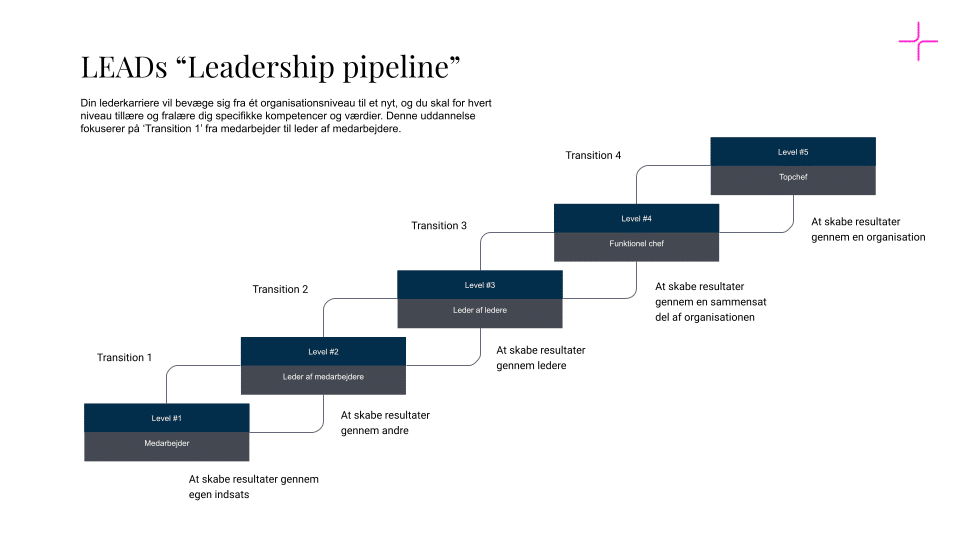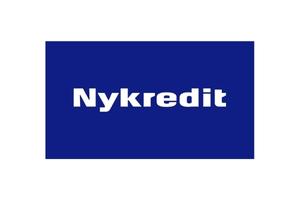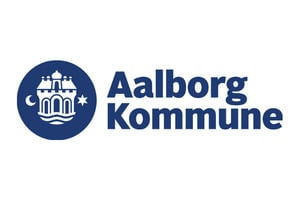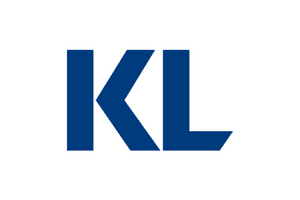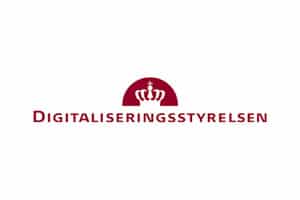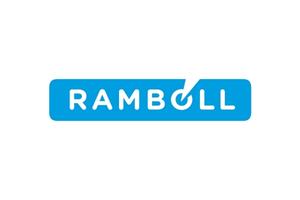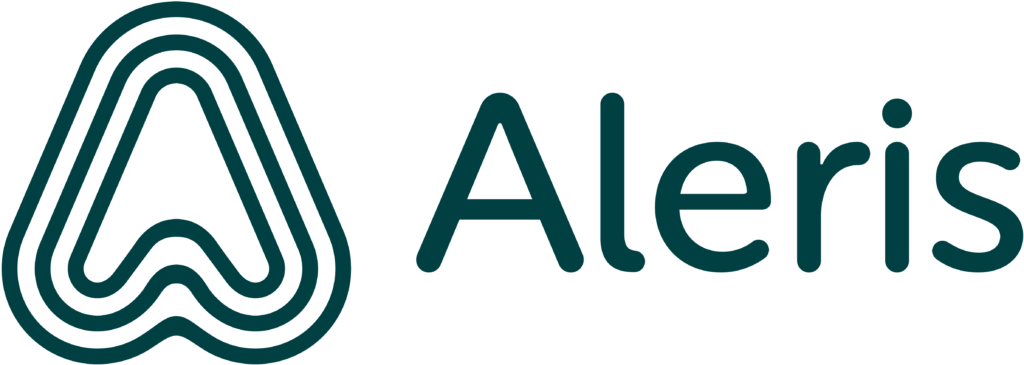Leadership pipeline models
The theory spread with books such as "The Leadership Pipeline", "What You Got Here Won't Get You There" and "The Leadership Pipeline in the Public Sector". The approach and basic ideas are the same across the books, but there is some disagreement about how many transitions or transitions there are for leaders. Some theorists refer to six transitions, which corresponds well with the number in large, multinational companies. Others point to three or four transitions, which better reflects smaller companies and organizations - such as in Denmark. However, all theorists agree that context determines and determines how the generic typology of four transitions or passages (described below) should be adapted and concretized.
The groups included in the model are:
- The employee (creates results through their own efforts)
- The leader of employees (creates results through others)
- The leader of leaders (creating results through leaders)
- The functional manager (drives results through a diverse part of the organization)
- The top manager (drives results through the organization)
The four levels
The transitions between each level are challenging because they require the leader to align their skills, priorities and work values - so that they are aligned with the leadership role. Otherwise, the result can be that the leader stumbles. Sometimes with serious career and organizational consequences.
First level: manager of employees
Typically, it's the highly skilled employees who are rewarded with a promotion to manager. It's important and necessary that the new manager can now be motivated by achieving results through the efforts and success of others rather than their own personal, professional efforts. In addition, new skills such as recruiting, delegating tasks, setting goals for others and assessing their performance are required.
Second level: manager of managers
When a manager moves from being responsible for a group of employees to managing other managers, it naturally leads to different priorities and skills than before. The manager of managers must assemble, develop and motivate a group of managers. The focus is more strategic and long-term, and the manager must focus horizontally on establishing connections between teams and departments.
Third level: The functional manager
The functional manager reports directly to the CEO and has a high level of strategic and cross-functional responsibility with multiple layers of management below them. The management task changes at this level because the manager must be able to act in relation to the political level and design organizational processes, structures and management systems to match political priorities.
Fourth level: The top manager
The role of a CEO brings with it a greater focus and understanding of the organization's place in society. The CEO must be able to advise, mediate and navigate within the political framework. In addition, the CEO must be able to build a loyal top management team around them. Otherwise, it will be difficult to push through decisions that are oriented towards the big picture rather than short-term and local goals.
